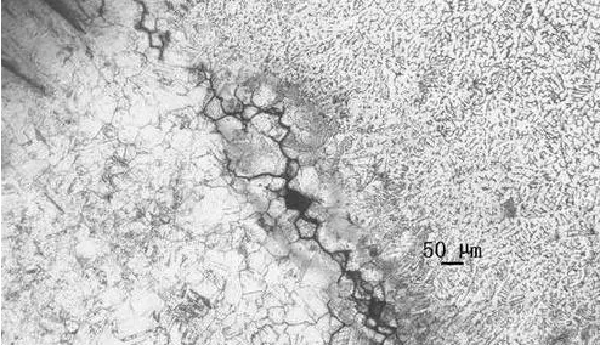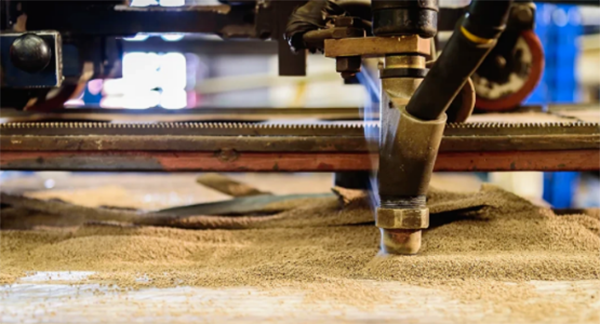As the most harmful type of welding defect, welding cracks seriously affect the performance, safety and reliability of welded structures. Today, I will introduce you to one of the types of cracks – lamellar cracks.
Xinfa welding equipment has the characteristics of high quality and low price. For details, please visit: Welding & Cutting Manufacturers – China Welding & Cutting Factory & Suppliers (xinfatools.com)
01
Non-metallic inclusions. During the rolling process of steel plates, some non-metallic inclusions (such as sulfides and silicates) in the steel are rolled into strips parallel to the rolling direction, resulting in differences in the mechanical properties of the steel. Inclusions are potential factors for lamellar tearing in welded structures and are also the main cause of lamellar tearing.
02
Restraint stress. Due to the effect of welding thermal cycle, restraint force will appear in the welded joint. For a given T-shaped and cross joint of rolled thick plate, under the condition that the welding parameters remain unchanged, there is a critical restraint stress or bending restraint. Strength, when it is greater than this value, lamellar tearing is likely to occur.
03
Diffusion of hydrogen. Hydrogen is the promoting factor of cracking. Due to the diffusion and combination of hydrogen into molecules, the local stress increases sharply. When hydrogen gathers at the ends of the inclusions, it causes the non-metallic inclusions to lose adhesion with the metal and pulls off adjacent inclusions. The metal shows hydrogen-induced fracture characteristics on the fracture surface.
04
Base material properties. Although inclusions are the main cause of lamellar tearing, the mechanical properties of the metal also have an important influence on lamellar tearing. The plastic toughness of metal is poor, and cracks are more likely to propagate, which means that the ability to resist lamellar tearing is poor.
In order to prevent the occurrence of lamellar cracks, the design and construction process are mainly to avoid Z-direction stress and stress concentration. The specific measures are as follows:
1. Improve joint design and reduce restraint strain. Specific measures include: extending the end of the arc striking plate to a certain length to prevent cracking; changing the weld layout to change the direction of the weld shrinkage stress, changing the vertical arc striking plate to a horizontal arc striking plate, changing the weld position, Making the overall stress direction of the joint parallel to the rolling layer can greatly improve the lamellar tear resistance.
2. Adopt appropriate welding methods. It is beneficial to use low-hydrogen welding methods, such as gas shielded welding and submerged arc welding, which have a small tendency of cold cracking and are beneficial to improving the resistance to lamellar tearing.
3. Use low-strength matching welding materials. When the weld metal has a low yield point and high ductility, it is easy to concentrate the strain on the weld and reduce the strain in the heat-affected zone of the base metal, which can improve the resistance to lamellar tearing.
4. In terms of the application of welding technology, the surface surfacing isolation layer is used; symmetrical welding is used to balance the strain distribution and reduce strain concentration.
5. In order to prevent lamellar tears caused by cold cracking, some measures to prevent cold cracking should be adopted as much as possible, such as appropriately increasing preheating, controlling interlayer temperature, etc.; in addition, stress relief methods such as intermediate annealing can also be adopted.
6. We can also use the welding process of small welding legs and multi-pass welding by controlling the size of the weld.
Post time: Nov-16-2023





